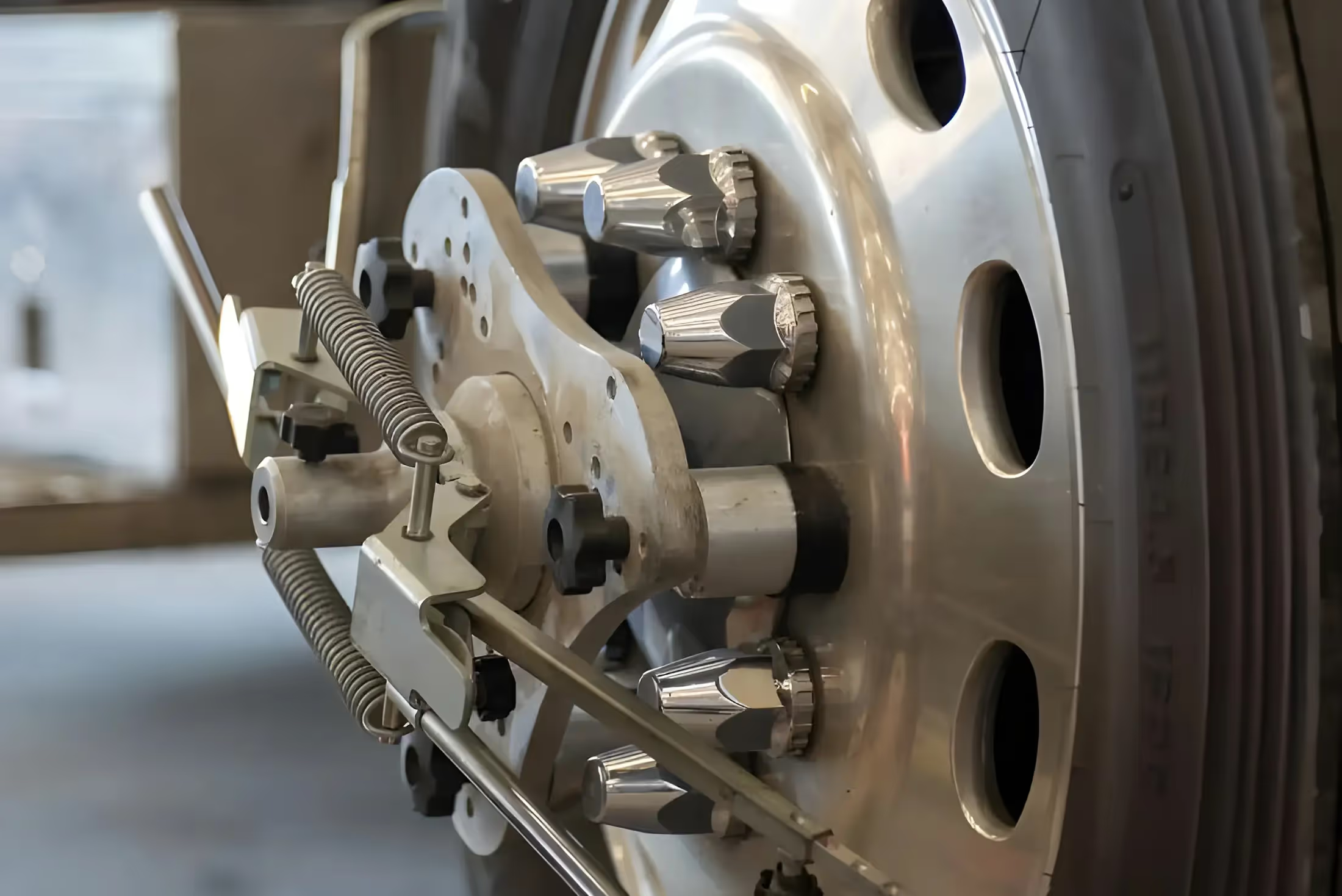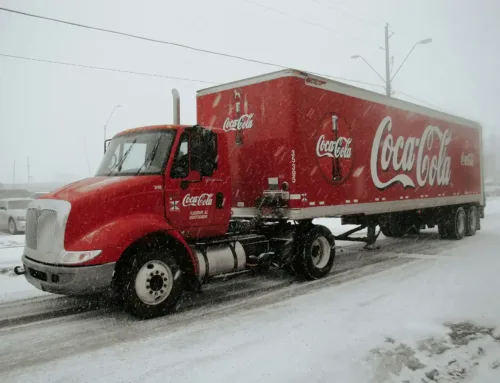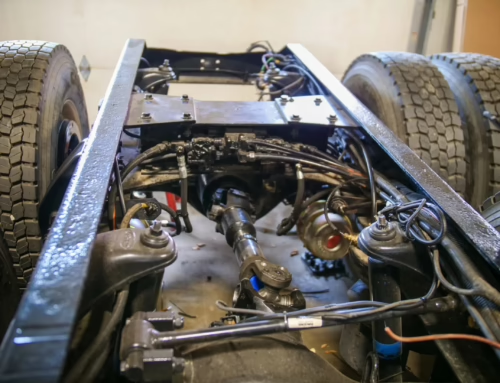Understanding Tire Wear Patterns: Troubleshooting Guide for Truck Owners
Tires play a role that goes far beyond just rolling down the road — they bear the weight of tons of cargo and endure endless miles of rough terrain. As a truck owner or fleet manager, understanding the intricacies of tire wear patterns is not just a matter of extending the lifespan of your tires; it’s a responsibility that can save you money, prevent potential breakdowns, and keep your operation rolling. In this comprehensive guide, we will explore the various tire wear patterns, what they mean, and how they can serve as indicators of underlying truck issues. Armed with this knowledge, you’ll be better equipped to maximize the lifespan of your heavy-duty truck tires.
The Importance of Tires for Heavy-Duty Trucks
Tires are the foundation of a heavy-duty truck’s performance. They are the only point of contact between the truck and the road, and as such, they play a pivotal role in ensuring safety, stability, and overall efficiency. The significance of tires for heavy-duty trucks cannot be overstated.
In addition to tire maintenance and longevity, it is also important to consider their financial impact. In the trucking industry, where every mile counts, ensuring that your tires are in optimal condition not only affects the safety of your trucks, but it’s also a decision directly related to your bottom line. By understanding and addressing tire wear patterns, you can make informed decisions that can save you money and prevent costly breakdowns.
Types of Tire Wear Patterns
Tire wear comes in different types of forms, and each type of tire wear has its own set of underlying problems.
Uneven Wear: Uneven tire wear is a common issue among heavy-duty trucks. It can manifest as irregular wear on the tread, causing certain areas of the tire to wear down faster than others. This type of wear can be an indicator of alignment problems, suspension issues, or mechanical problems within the truck.
Cupping: Cupping, also known as tire scalloping, results in a wavy pattern on the tire’s tread. It is often caused by a combination of worn-out shocks or struts and unbalanced tires. Cupping can lead to a bumpy ride and, if left unaddressed, more significant suspension issues.
Feathering: Feathering occurs when the edges of the tire tread wear down more than the center (which can be also called toe-in tire wear or toe-out tire wear). This type of wear is often associated with incorrect toe-in or toe-out alignment settings. Improper alignment can lead to not only feathering but also decreased fuel efficiency.
Camber Wear: Camber wear on tires appears as excessive wear on one side of the tire’s tread. It indicates an issue with the truck’s camber angle, which should be parallel to the ground. Camber wear can result in reduced traction and handling, affecting the truck’s overall safety.
Edge Wear: Outside edge tire wear or tire wear on the inside refers to wear concentrated on the outer or inner edges of the tire’s tread. It can be a symptom of overinflation or underinflation, as well as alignment problems. Over time, edge wear can affect the tire’s structural integrity.
Understanding these tire wear patterns is the first step in identifying potential issues with your truck. Each pattern is like a tire tread wear indicator, providing valuable clues about the condition of your vehicle.
Diagnosing Truck Issues through Tire Wear Patterns
Tire wear patterns are not merely cosmetic; they are valuable diagnostic tools. They can serve as indicators of various truck issues that, if left unattended, can lead to more extensive and expensive problems. Here’s how each tire wear pattern can be linked to specific truck issues:
Uneven Wear: This pattern can be a clear sign of alignment problems. When your truck’s wheels are not correctly aligned, it results in uneven wear on the tires. Addressing alignment issues promptly can prevent further tire damage.
Cupping: Cupping is often caused by worn-out shocks or unbalanced tires. Replacing these components and balancing the tires can mitigate cupping and prevent more significant suspension problems down the road.
Feathering: Feathering is a red flag for improper toe-in or toe-out alignment settings. Adjusting the alignment at a professional truck alignment shop can resolve feathering and improve fuel efficiency.
Camber Wear: Camber tire wear is indicative of an issue with the truck’s camber angle, which should be parallel to the ground. Correcting the camber angle can prevent further wear and enhance the truck’s safety.
Edge Wear: Edge wear, whether on the outside or inside of the tire, may result from improper inflation or alignment. Ensuring proper inflation and addressing alignment issues can extend the tire’s lifespan and maintain its integrity.
By understanding the relationship between tire wear patterns and underlying truck issues, you can take proactive measures to address these issues promptly, preventing further damage and costly repairs. Regular tire maintenance and inspections are key to catching these patterns early and ensuring the longevity of your tires.
Maximizing Tire Lifespan
Maximizing the lifespan of your heavy-duty truck tires is an endeavor that involves a combination of vigilance and maintenance. Since tires are an investment over the long run, accounting for 1% of the total cost-per-mile while operating a truck, you can cut down on your fleet’s costs by making informed decisions and sticking to preventive maintenance. Here are some essential tips to extend the life of your tires:
- Regular Tire Maintenance: Routine tire maintenance is what can make or break your tire investment strategy. This includes checking tire pressure, rotating the tires, and ensuring they are balanced. Regular inspections help identify issues early.
- Proper Inflation: Maintaining the correct tire pressure is never to be forgotten. Underinflated or overinflated tires can result in uneven wear and reduced fuel efficiency. Regularly check and adjust tire pressure as needed.
- Choosing the Right Tires: When it comes to selecting tires for your heavy-duty truck, it’s essential to choose the right ones for your specific application. Consider factors such as load capacity, tread pattern, and expected terrain.
- Preventive Maintenance: Implement a preventive maintenance schedule for your truck at a reputable truck PM service center. This includes regular inspections, fluid changes, and addressing any issues promptly to prevent them from affecting your tires.
- Retreading: Retreading is a cost-effective way to extend the life of your tires and reduce waste. Quality retreaded tires can perform as well as new ones, and they’re environmentally friendly, cost-effective, and more or less, a smart move. Consider retread options offered by professional truck tire repair shops.
By following these best practices, you can significantly extend the lifespan of your heavy-duty truck tires, saving both time and money.
Preventive Maintenance and Routine Inspections
Preventive maintenance is the foundation of keeping your truck and its tires in top condition. Implementing a routine maintenance schedule can help you detect tire wear patterns early and address underlying truck issues. Regular inspections, conducted by both drivers and professionals, are key to ensuring your tires remain in optimal condition.
Professional inspections provide a deeper level of scrutiny and are crucial for identifying potential issues that may not be visible during routine driver inspections. This high-level attention to detail can make a significant difference in the longevity and reliability of your tires.
Final Words
Understanding tire wear patterns is not just a matter of extending the lifespan of your tires; it’s about ensuring the safety, efficiency, and profitability of your operation. By recognizing the different tire wear patterns and their associated truck issues, you can take proactive steps to address problems early and prevent costly breakdowns.
Maximizing the lifespan of your tires involves a combination of regular maintenance, proper inflation, choosing the right tires, and implementing a preventive maintenance schedule. By following these tips and regularly inspecting your tires, you can keep your heavy-duty truck rolling with confidence.




